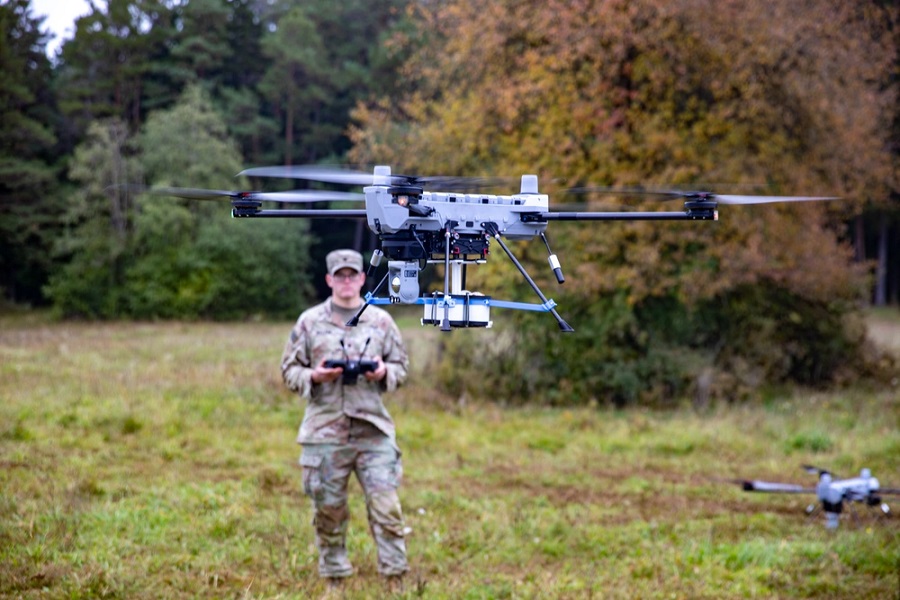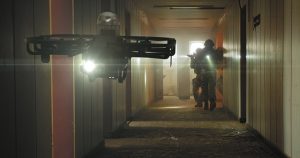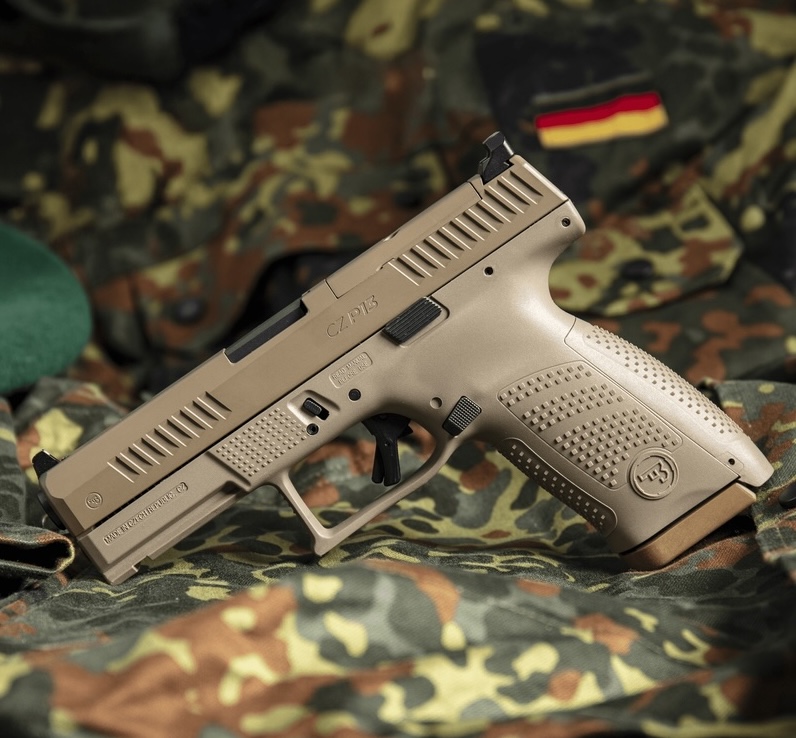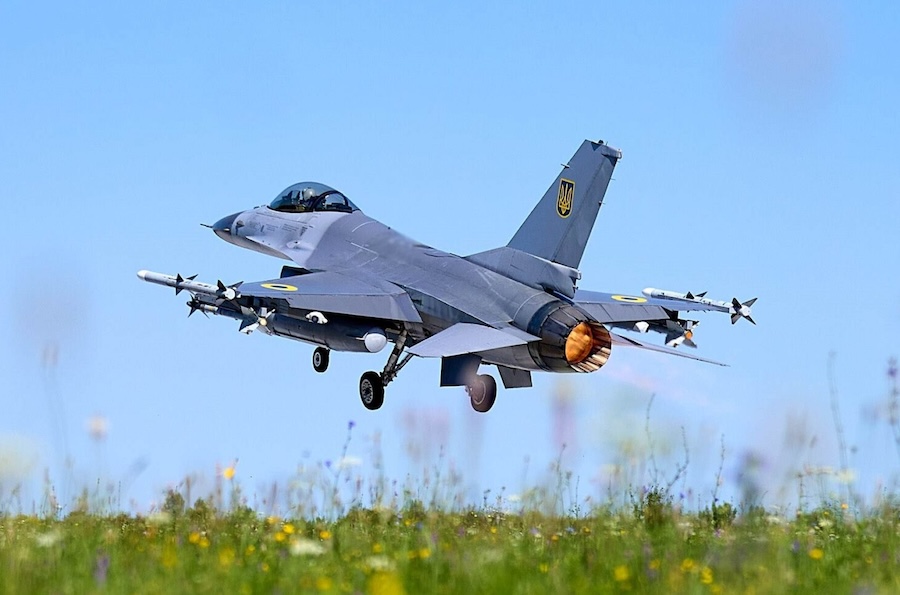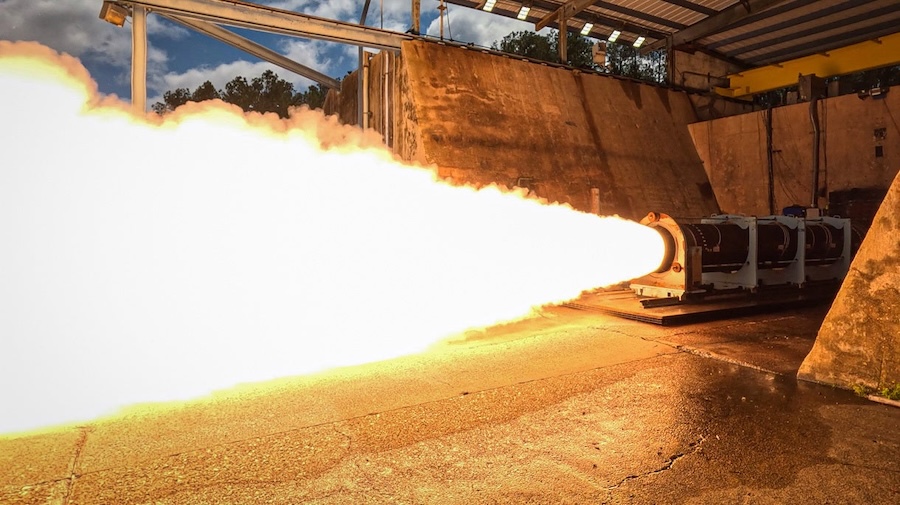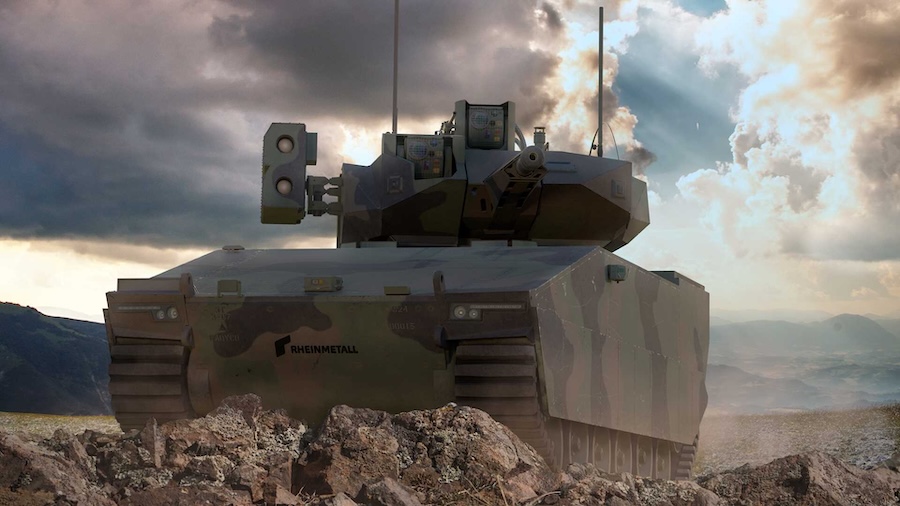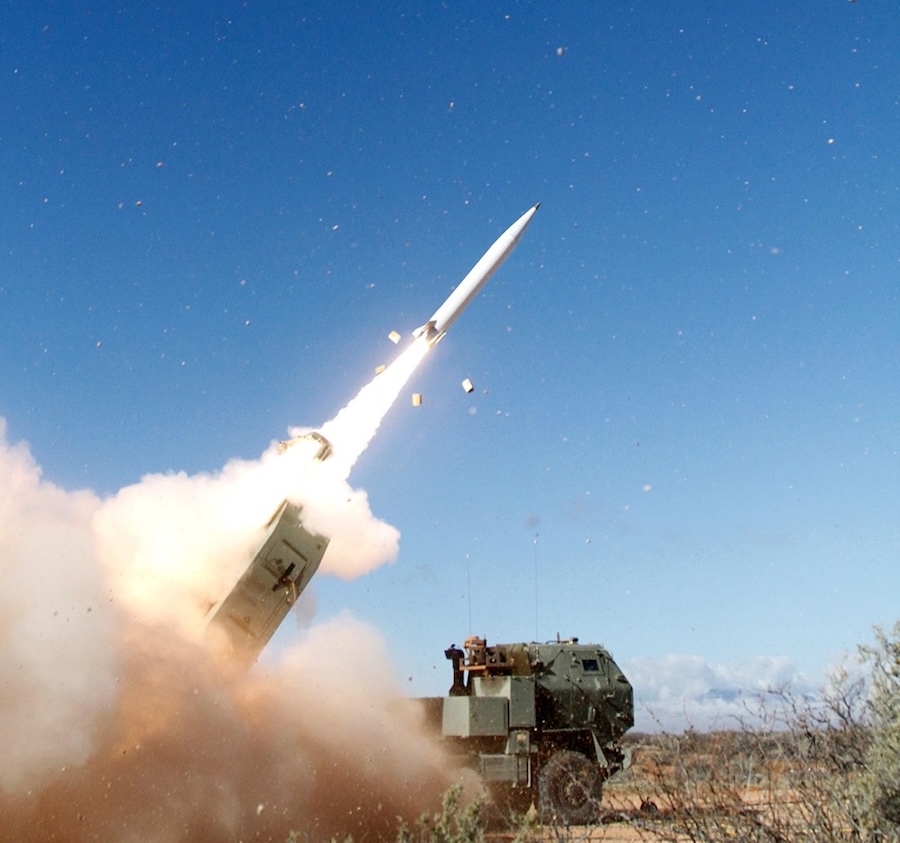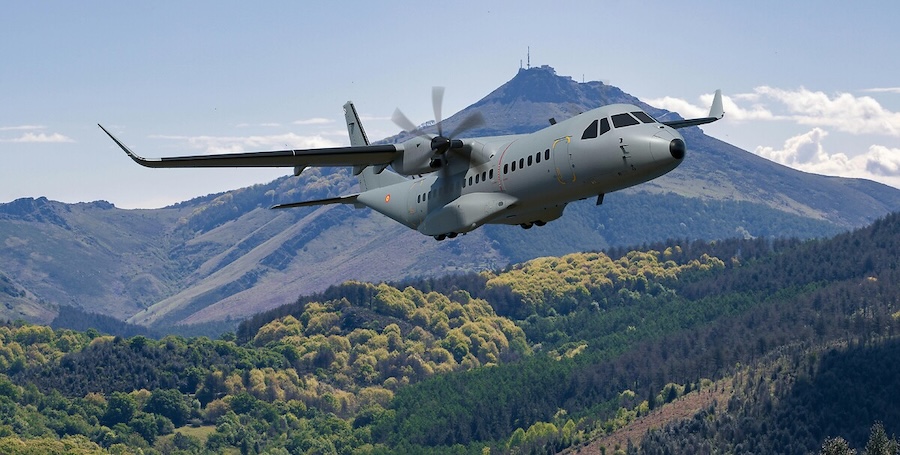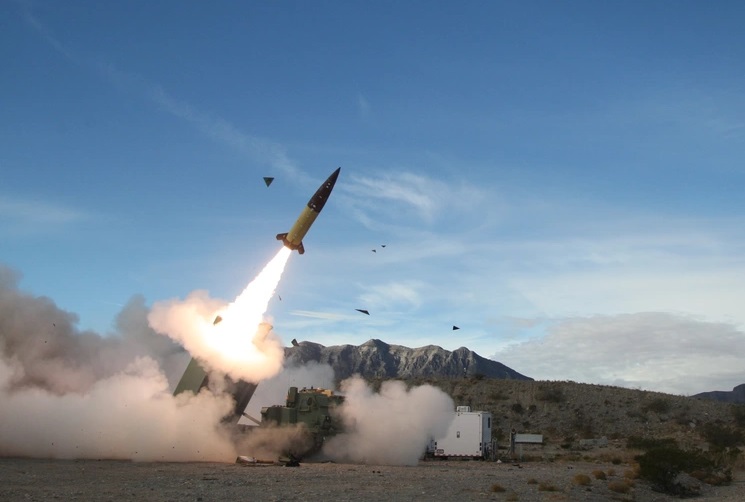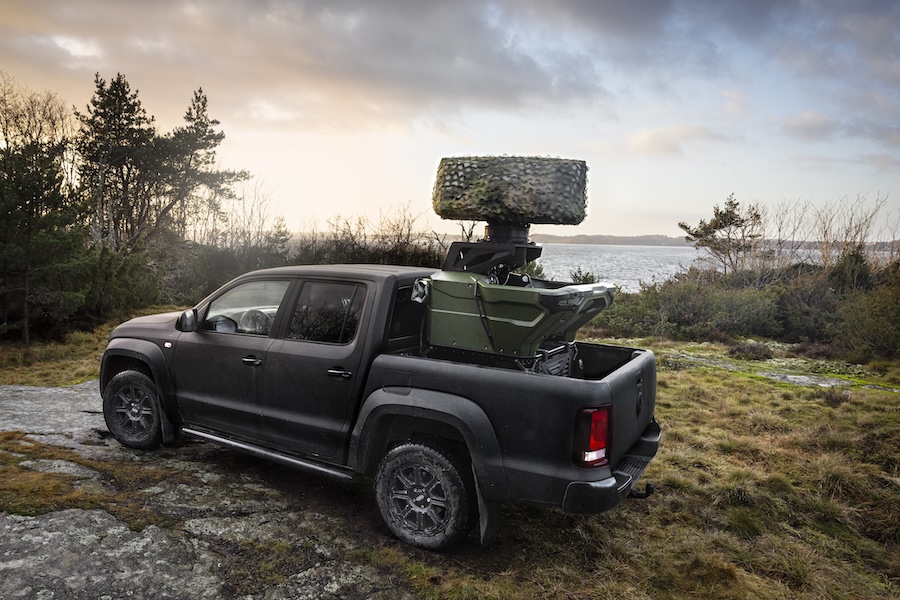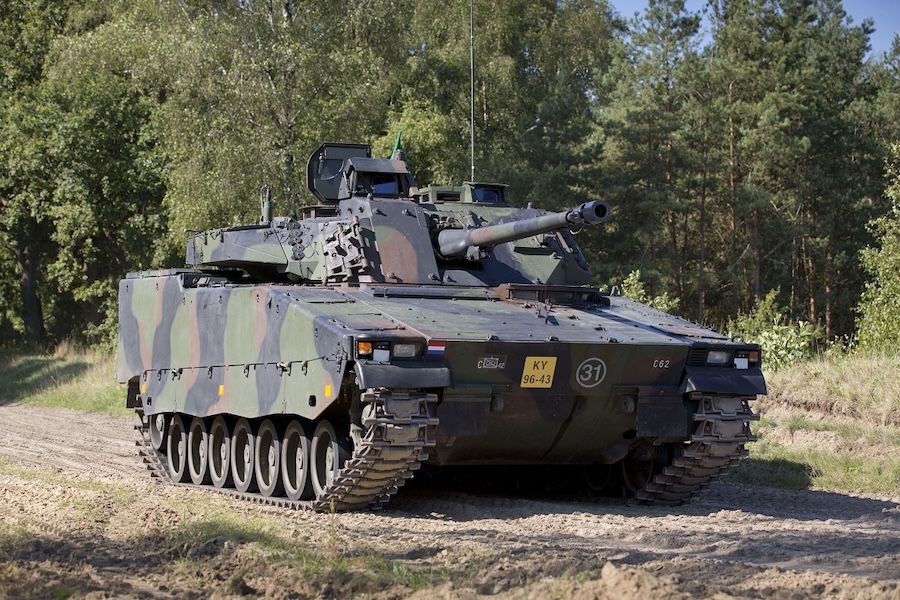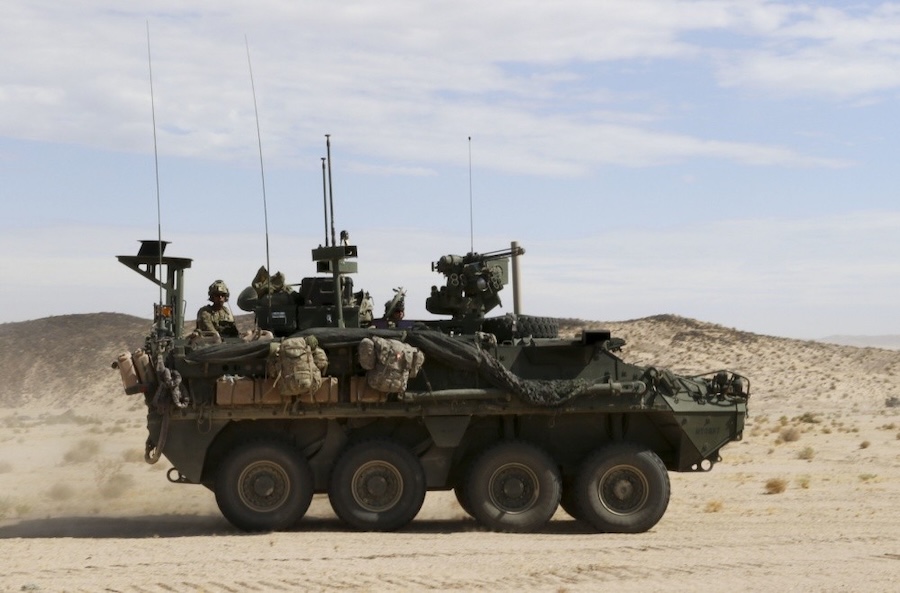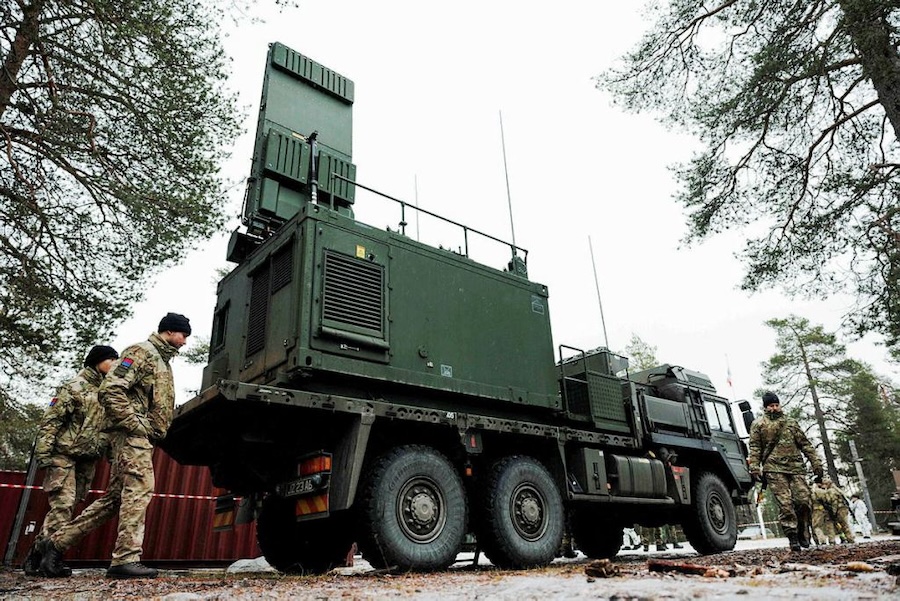Mounted on a PDW C100 drone, the Widowmaker delivers M67 fragmentation grenades, M18 smoke grenades, and training munitions with speed and precision. “With this system, we can create platoon-level effects on target much faster than traditional methods,” said Spc. Basil Holland, an Infantryman with 1-502’s Multi-Purpose Company (ARES).
“It allows us to respond quickly to targets that are danger close,” Holland added. The system enables multiple drones to work together — one to locate the target and another to deliver effects — reducing reliance on external fire support.
The innovation allows platoons to react faster to emerging threats during training against opposing forces. Holland explained the system was created entirely by Soldiers using standard issue munitions, commercial 3D printers, and computer-aided design tools.
“None of us had prior computer design experience,” Holland said. “We started from a clean slate, and after a few months, we had a working prototype that’s been very successful engaging targets from about 350 feet.”
Unlike other experimental systems still in development, the Widowmaker can be produced quickly with readily available components. Each drone is capable of dropping up to four grenades per sortie — two at a time in rapid succession — offering platoons a scalable tactical option.
The design is now being shared with the 101st Airborne Division’s innovation lab at Fort Campbell and other units for broader use. As the exercise progresses, Soldiers will continue using the platform to refine tactics and procedures for drone-enabled operations.




